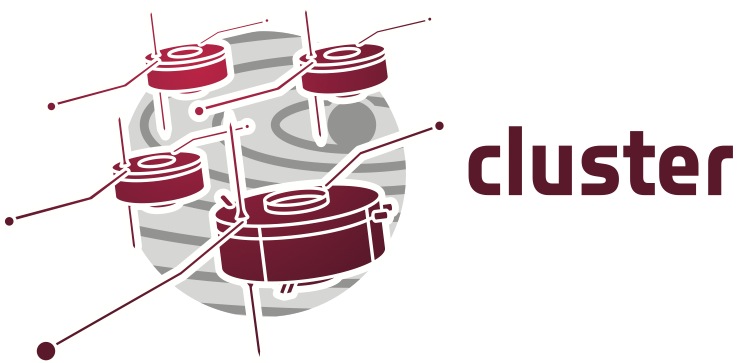
New release candidate of the Cluster Science Web Archive
It is now possible to generate plots on demand for Key Graphical Products, and to visualise Quick-look plots.
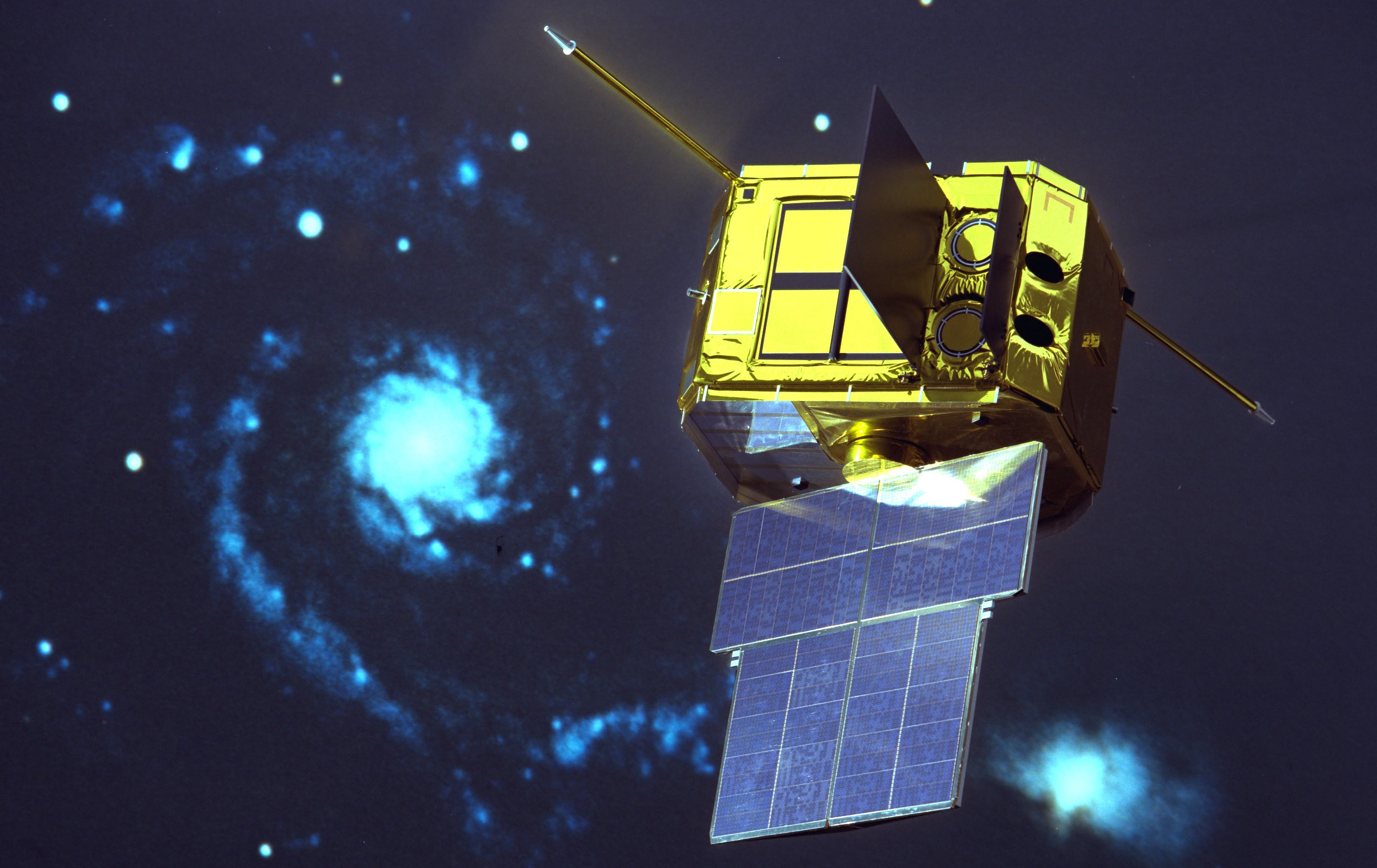
The European X-ray Observatory Satellite (EXOSAT) was launched on May 26, 1983, and operated until April 9, 1986, making 1780 observations of many classes of astronomical objects. The payload consisted of three instruments that covered the Extreme Ultraviolet and X-ray energy ranges. On May 24 and 25, many participants in this mission gathered at ESAC to celebrate the mission and its many achievements.
EXOSAT data yielded nearly 750 refereed papers in the then emerging field of X-ray Astronomy. Even today these papers are an important resource receiving an average of 400 references per year. There have been a total of 25,000 references (or citations) to the EXOSAT papers in the scientific literature, with only 10% of these being self-citations. There are 45 EXOSAT papers that have been each been referenced more than 100 times —such papers are often regarded as being high-impact and influential. These statistics demonstrate the wide importance of EXOSAT to Astronomy.
Together with other European-led missions such as ROSAT and BeppoSAX, EXOSAT helped ensure that the European high-energy community was ready for their next challenge: to scientifically exploit ESA’s next X-ray observatory, XMM-Newton.
The data are still available at the EXOSAT Science Archive developed and maintained by the ESDC at ESAC, which contains all the mission’s science-ready products, including images, spectra, and light curves. An all-sky map (HiPS) generated with all imaging observations taken with EXOSAT’s two Low Energy (LE) telescopes can be visualised in ESASky.
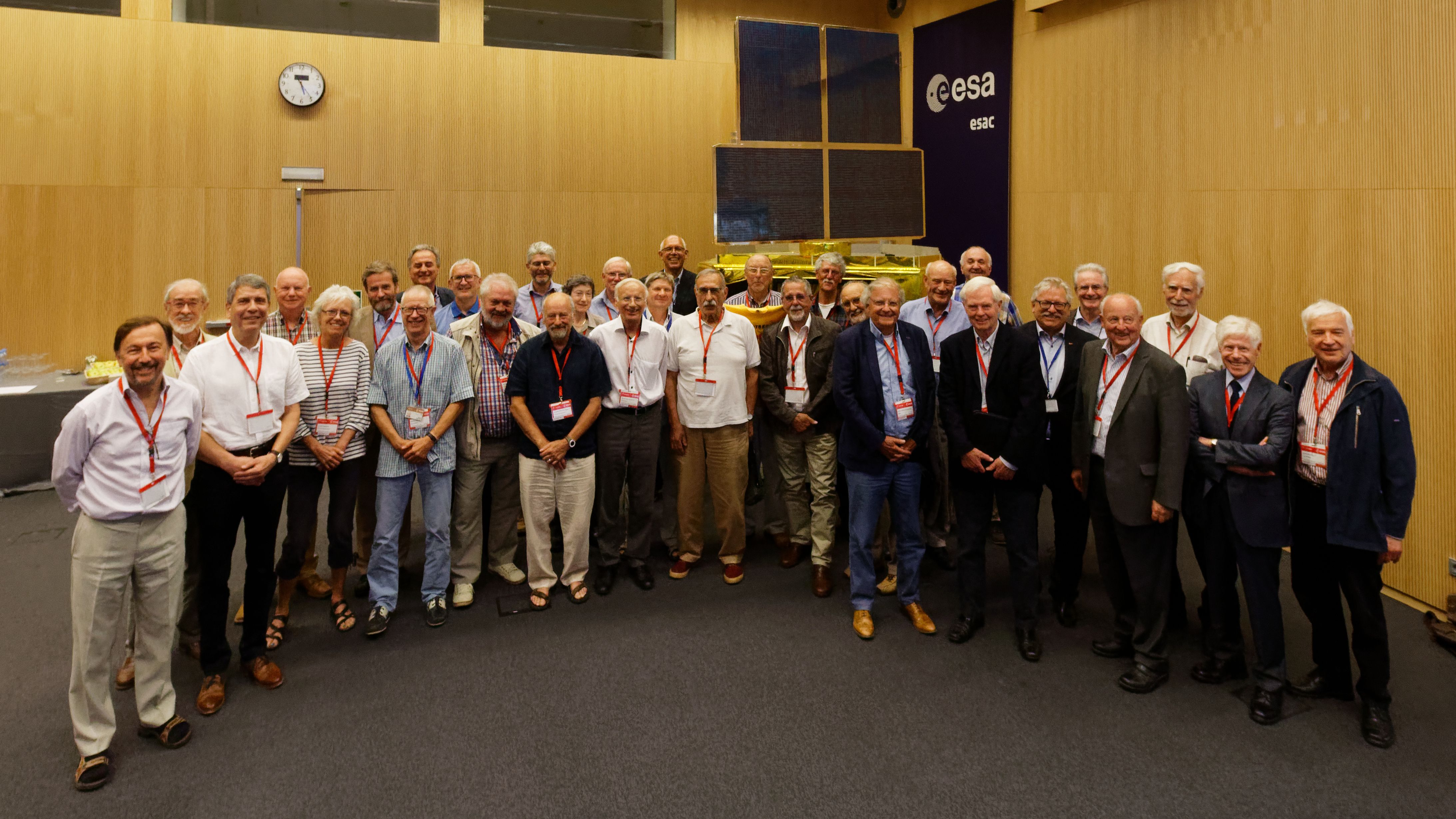

It is now possible to generate plots on demand for Key Graphical Products, and to visualise Quick-look plots.
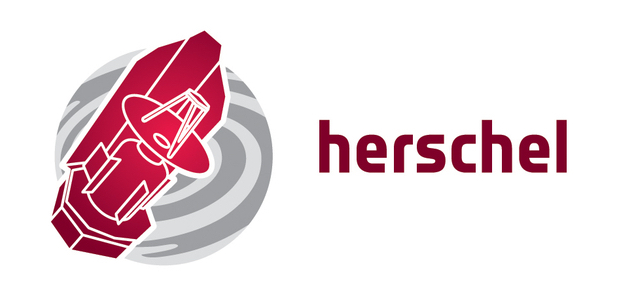
This version allows user to perform complex queries on the Herschel catalogues and the Herschel publications database.
Full story
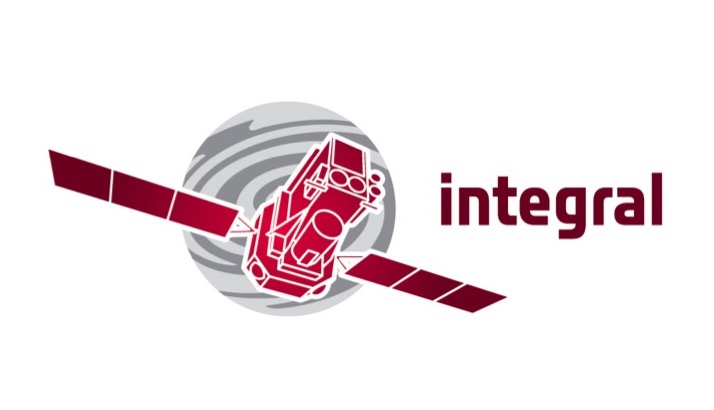
Visualising and exploring INTEGRAL pointed observations, easier than ever.
Full story

The meeting took place in June 4-5, 2018 in Freiburg, Germany.
Full story

The group, made of eight external experts from around Europe, met for the first time at ESAC on June 10-11.
Full story

Applications are welcome for fellowships to begin in the fall of 2019.
Full story
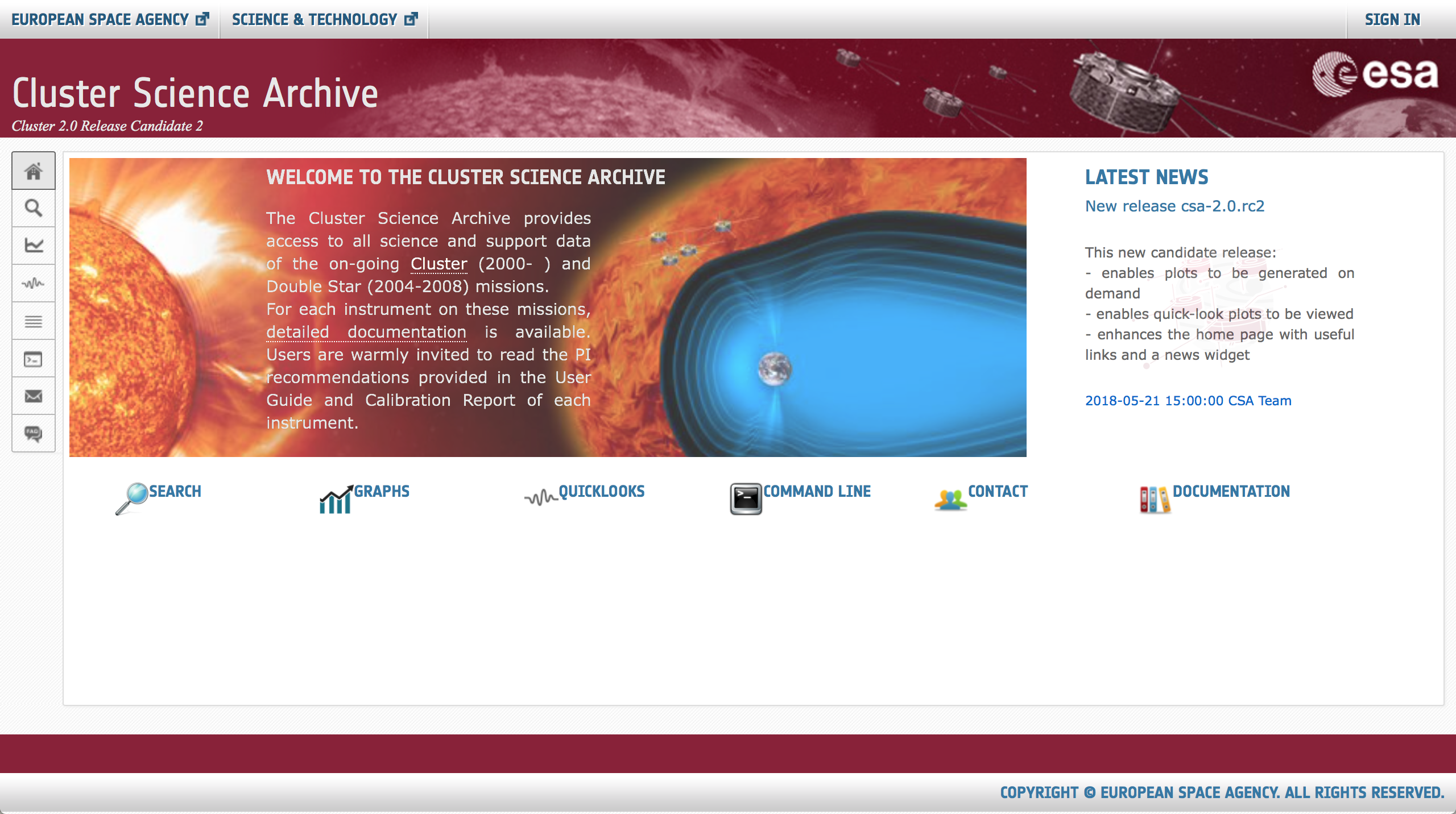
A new release candidate of the web-based Cluster Science Archive (CSA) was released on May 22. In addition to all the features from the previous release, this new version (2.0.rc2) allows the user to generate plots for any time period (on demand) and enables the visualisation of quick-look plots. It also enhances the archive home page with useful links and a news widget.
The CSA provides access to all science and support data of both the ongoing Cluster mission and the legacy Double Star mission (2004-2008), which was the first mission of ESA in collaboration with the Chinese National Space Administration (CNSA). Conducting joint studies with Cluster and Double Star increases the overall scientific return from both missions, allowing scientists to carry out groundbreaking studies of the Sun-Earth relations.
The next release of the CSA, foreseen for beginning of August 2018, will provide on-demand generation of Distribution Function plots, visualization of pre-generated inventory plots and will re-organise the datasets in the Results section with the Cross-Calibration experiment.
Image: ESA/ESDC

The latest version of the Herschel Science Archive (HSA v9.0) was released on May 22, 2018 with two new capabilities which
continue enhancing the legacy of the Herschel mission: First, a new Catalogue Query tool now allows users to perform complex queries on the main Herschel point source and spectral line catalogues through the VO-standard Table Access Protocol (TAP). Second, the well known "Herschel Publication Tool" has been integrated in the HSA user interface to facilitate its preservation in the future. This tool allows users to make all kind of queries on the database of refereed publications linked to Herschel observations.
Moreover, the content of the archive will continue growing with the ingestion of new Herschel Highly Processed Data Products (enhanced products provided by experts in the ground segment) and User Provided Data Products (interactively reduced data provided by the observers) along the year.
Image: ESA/ESDC

INTEGRAL, the International Gamma-ray Laboratory, has been observing the most extreme objects in the universe —black holes and neutron stars— for more than 15 years. The wealth of information that is contained in the scientific data archive of the mission has only been partially explored, and is now available at your finger tips through the intuitive visual exploration platform that is ESASky.
You can zoom into any part of the sky, identify the pointings that have been carried out by the satellite in that region, and be directed to the data archive at the INTEGRAL Science Data Centre to retrieve these data. It is also possible to visualise and download data from the IBIS/ISGRI Soft Gamma-Ray Source Catalogue.
Our plans are to bring to ESASky science-ready INTEGRAL products including images, time series, and spectra averaged or combined on various timescales. This would allow users to examine the details of the time-evolution of these sources that populate the high energy sky observed by INTEGRAL.
Image: ESA/ESDC
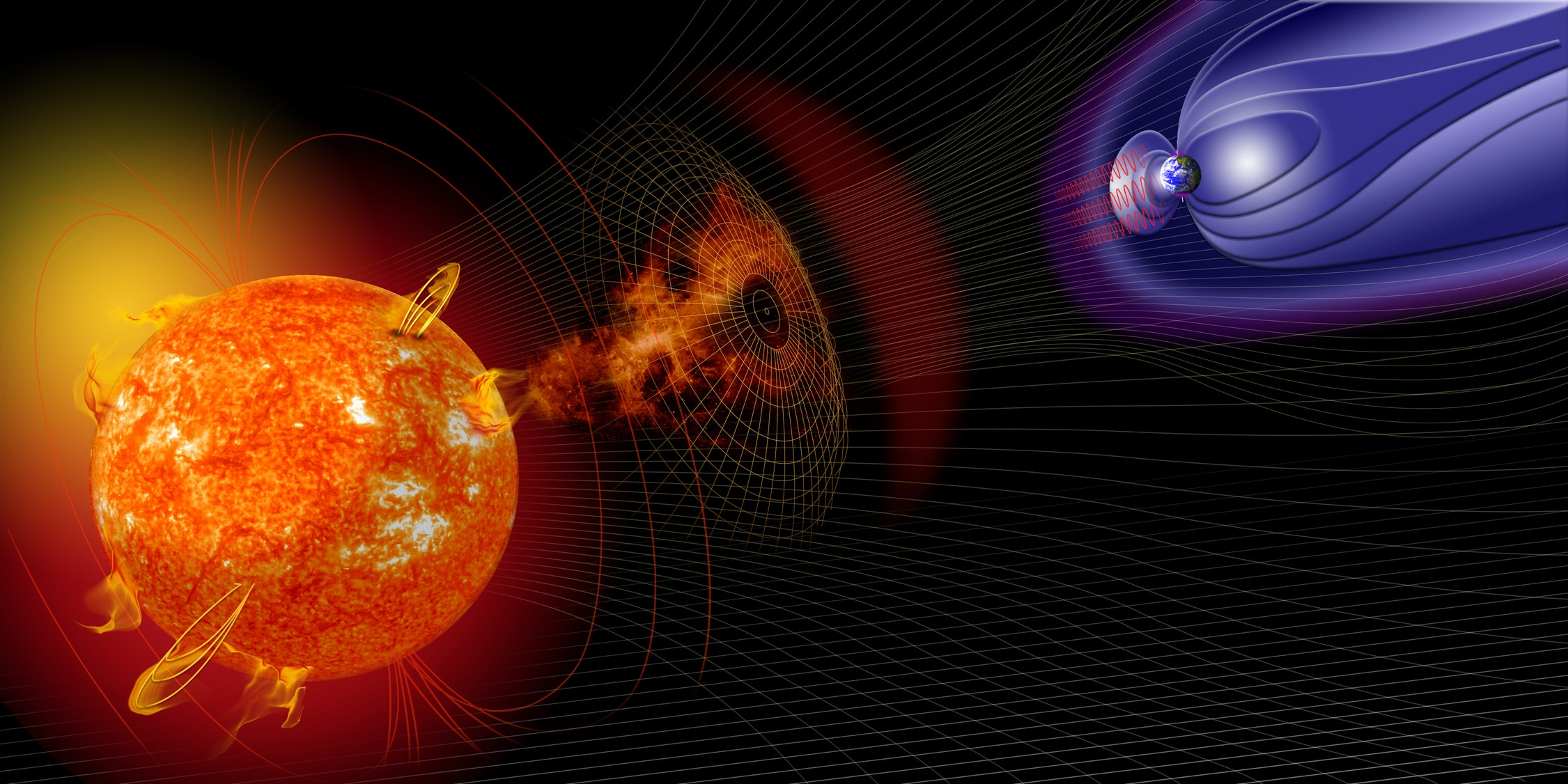
The second Heliophysics Archives USer group (HAUS) meeting was held 4-5 June 2018 in Freiburg University, Germany. This meeting was kindly hosted by Dr. Markus Roth, helioseismologist expert and member of the HAUS group.
This meeting was focused on one hand on the calibration status of datasets generated by most of the experiments from the ESA/NASA Ulysses (1990-2007) and the SOHO (1995-) space missions stored at ESDC. On the other hand, a number of high-level value added products generated through several EU funded FP7 and H2020 projects were evaluated to check the relevance of their inclusion in the Heliophysics archives. For these products, long term preservation is indeed not guaranteed and output of these projects are kept online on a best effort basis only.
Every HAUS group member took an active part in this endeavor and reported many interesting in-depth details on what should be done to improve a more direct access to the best calibrated data for each type of dataset. A list of all these remarks will be compiled, acted upon and followed up during follow up HAUS group meetings.
Image: NASA
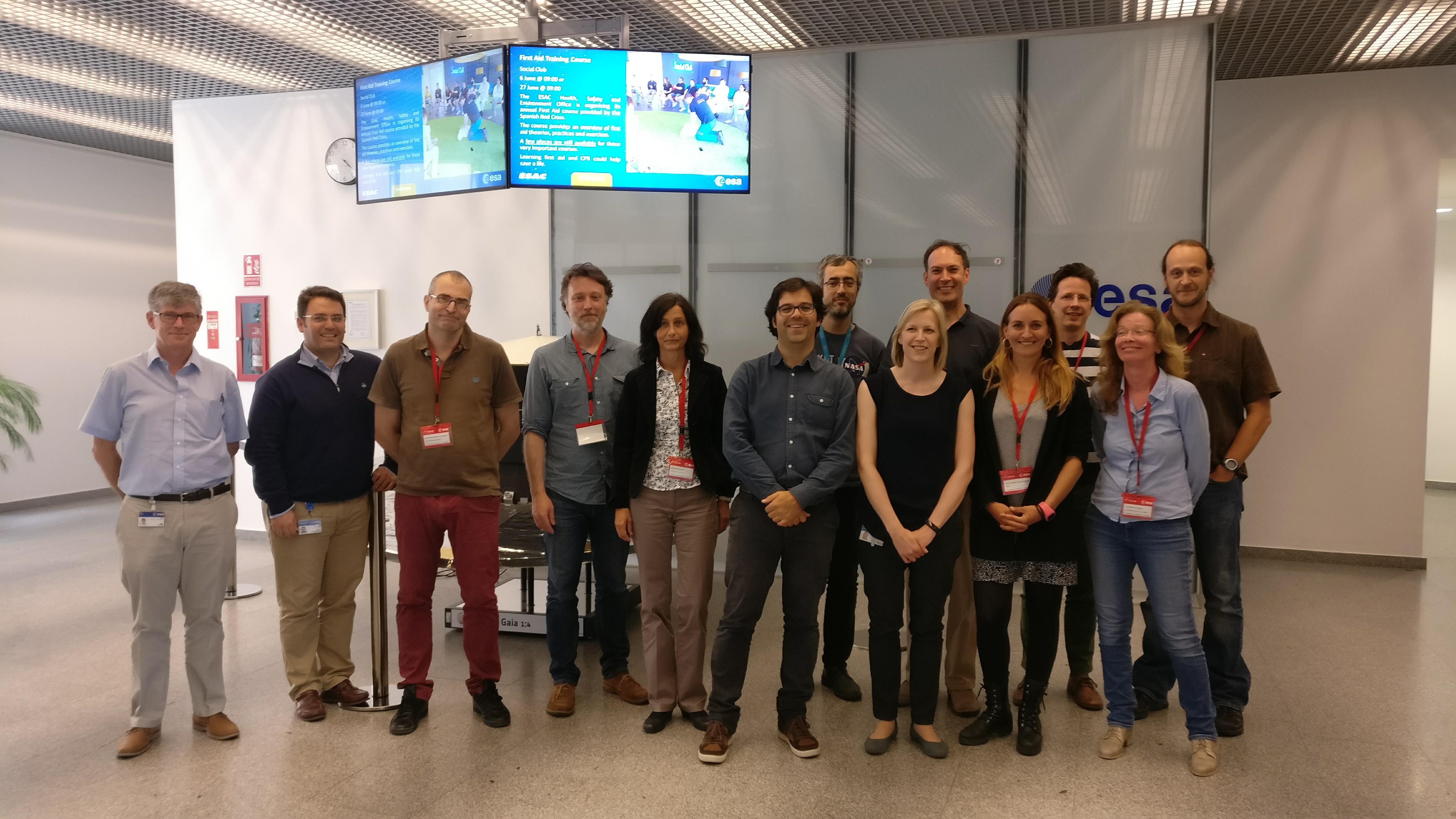
In order to better serve the needs of the Astronomical science community, ESA has established an Astronomy Archives User Group (AAUG). The AAUG is an official body that represents the astronomical community and advises ESA on the opinions of the community regarding astronomical archives and related activities. The first AAUG meeting was held at ESAC on 11 - 12 June 2018. The group is composed of eight external experts from around Europe who cover many scientific areas, wavelength regimes and observational techniques in astronomy. Appointed for two years, the members of the AAUG act as advocates for the ESA astronomy archives, ESASky and related tools.
The aim of this first meeting was to introduce the members to the ESAC Science Data Centre, our activities and archive interfaces related to ESA astronomy missions, and the ESDC long-term strategy. Feedback and recommendations from the AAUG were related to these topics and will soon be publicly available via the AAUG web pages.
Image: D. Baines

The European Space Agency awards several postdoctoral fellowships each year.
The aim of these fellowships is to provide scientists in their early career,
holding a PhD or the equivalent degree, with the means of performing research
in fields related to the ESA Science Programme.
Areas of research include Planetary Science, Astronomy and
Astrophysics, Solar and Solar-terrestrial Science, Plasma Physics and
Fundamental Physics. The fellowships have a duration of two years, with the
possible extension to three years, and are tenable at the
European Space Research and Technology Centre (ESTEC) in Noordwijk, Netherlands,
or at the European Space Astronomy Centre (ESAC) in Villafranca del Castillo,
near Madrid, Spain.
Applications are now solicited for fellowships in space science to begin in
the fall of 2019. Preference will be given to applications submitted by
candidates in an early stage of their career. Candidates not holding
a PhD yet are encouraged to apply, but they must provide evidence of
receiving their degree before starting the fellowship.
ESA fellows are enrolled in ESA's Social Security Scheme, which covers
medical expenses. A monthly deduction covers these short-term and long-term risks.
The deadline for applications is 1 October 2018.
More information on the ESA Research Fellowship programme in Space Science,
on the conditions and eligibility, as well as the application form can retrieved from the
programme pages.
Questions on the scientific aspects of the
ESA Fellowship in Space Science not answered in the above pages can be sent
by e-mail to the fellowship coordinators, Dr. Oliver Jennrich or Dr. Bruno
Altieri.
Image: ESA